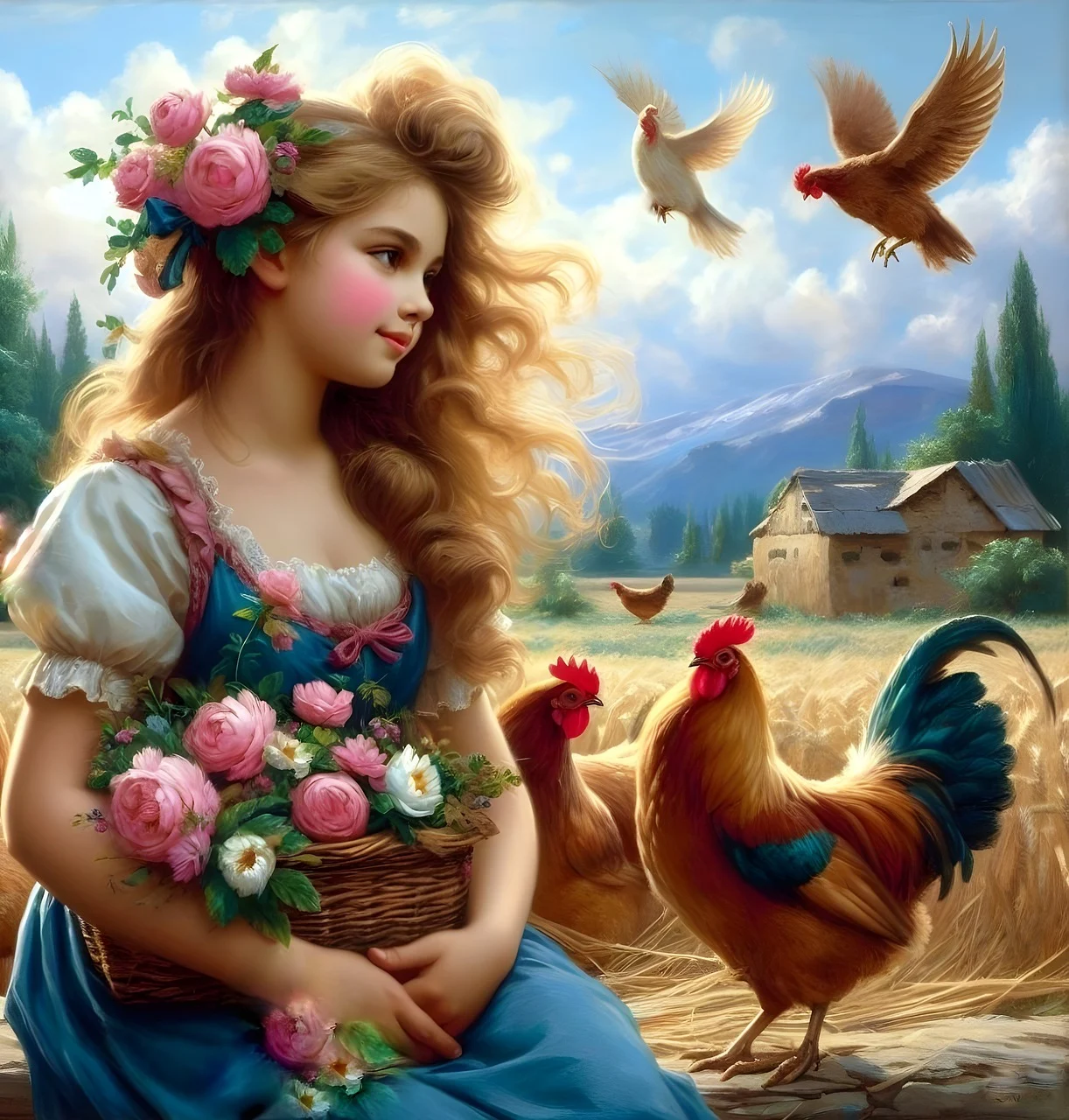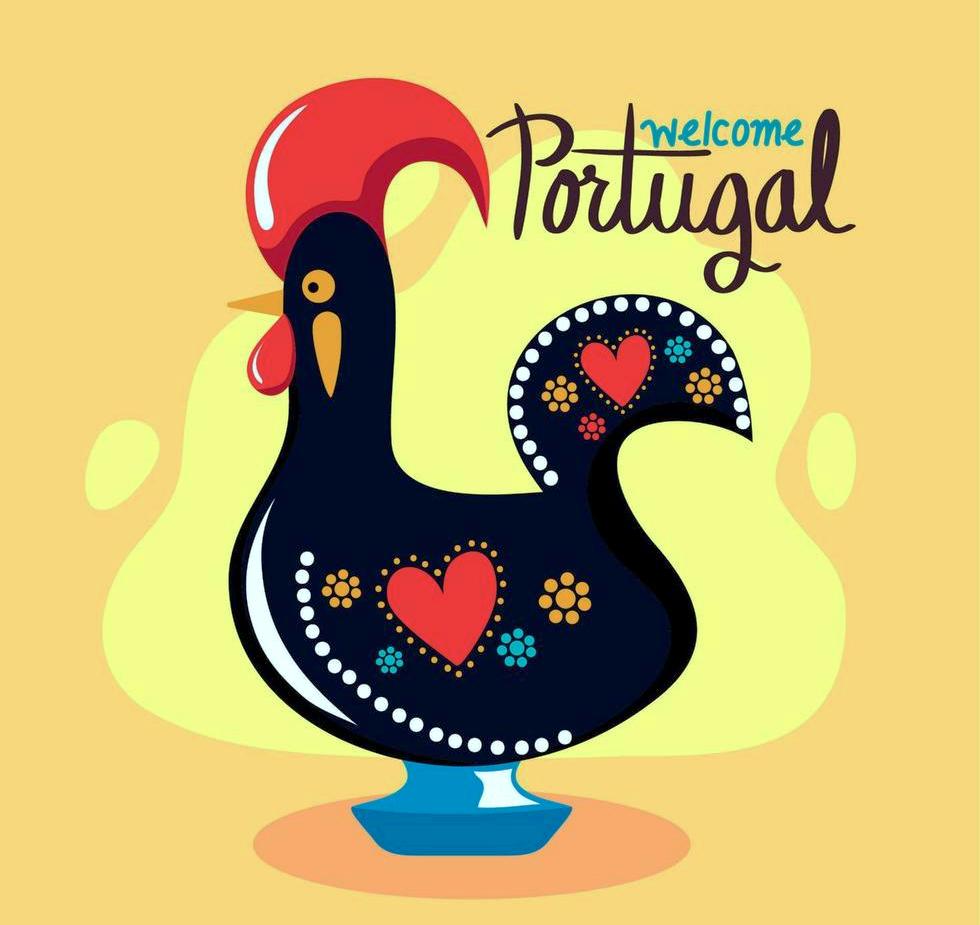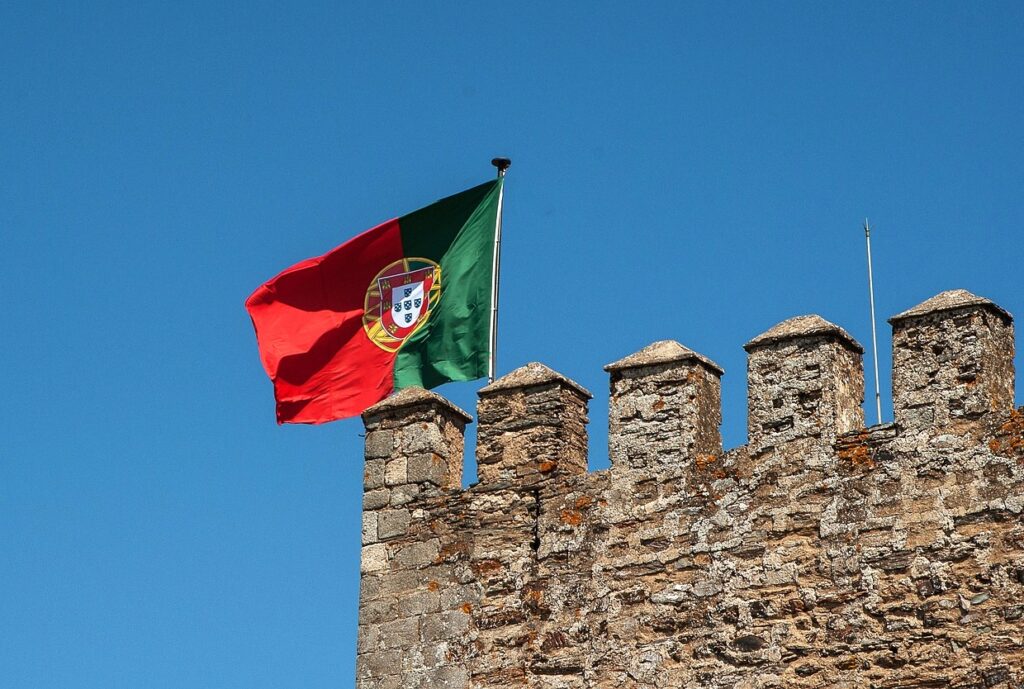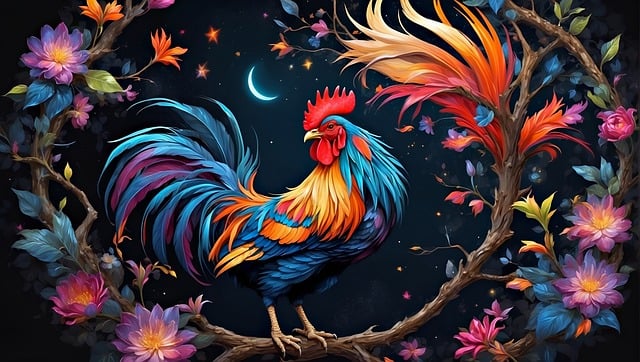
The Barcelos Cockerel, or “Galo de Barcelos,” is one of Portugal’s most recognizable icons, symbolizing not only the country’s rich cultural past, but also its dynamic traditions and craftsmanship.
This colorful rooster has become synonymous with Portuguese identity, representing the spirit of the country via folklore, art, and craftsmanship.
In this essay, we will look at the origins of the Barcelos Cockerel, its significance in Portuguese culture, and the traditional workmanship that creates these stunning items.

Legend of the Barcelos Cockerel
The Barcelos Cockerel is a symbol of Portuguese nationality. It embodies the spirit of the country, with themes of justice, faith, and celebration of life.
Whether displayed in homes or given as gifts, the Barcelos Cockerel is a beloved icon, reminding people of Portugal’s rich history and colorful culture.
It remains a revered emblem that connects generations and recounts the tale of a tradition-rich society.
The Barcelos Cockerel mythology dates back to the Middle Ages and revolves around themes of justice and faith.
According to the story, a pilgrim on his way to Santiago de Compostela paused at Barcelos.
He was falsely accused of theft and sentenced to hang. In a final plea for justice, the pilgrim pointed to a roasted cockerel on a nearby table, claiming that it would crow to demonstrate his innocence.
As the story goes, just as the execution was about to begin, the cockerel miraculously crowed, saving the traveler.
This miraculous event resulted in his exoneration, and the cockerel came to represent faith, justice, and the triumph of good over evil.
Today, the Barcelos Cockerel is frequently represented in bright colors and sophisticated designs, providing as a reminder of this powerful mythology.

Cultural Significance of the Barcelos Cockerel
The Barcelos Cockerel serves as both a decorative item and a symbol of Portuguese culture and identity.
It depicts the virtues of honesty, justice, and faith that are strongly ingrained in Portuguese culture.
The cockerel is frequently associated with the pilgrimage to Santiago de Compostela, which is an important religious journey for many Christians, notably in Portugal and Spain.
In addition to its religious significance, the Barcelos Cockerel has become a prominent symbol of Portuguese nationality.
It is regularly utilized in art, souvenirs, and other types of products, making it a popular emblem among both locals and tourists.
The cockerel’s brilliant colors and distinct designs have made it a favorite among artists and craftspeople, who are always creating new interpretations of this iconic symbol.
Traditional craftsmanship
The Barcelos Cockerel, a bright icon of Portuguese culture, is known for its eye-catching colors and elaborate decorations.
This distinctive ceramic figurine, which originated in the town of Barcelos, is frequently associated with the legend of a pilgrim who was falsely convicted of theft.
The cockerel’s vibrant colors—usually red, green, and yellow—are created by traditional glazing techniques, emphasizing its artistic skill.
Artists meticulously hand-paint each item, ensuring that no two cockerels are same.
The use of natural hues and a glossy finish improves its visual attractiveness.
Aside from its ornamental appeal, the Barcelos Cockerel represents good luck and is a favorite souvenir for travelers, symbolizing Portugal’s rich legacy and artistic tradition.
The production of Barcelos Cockerels demonstrates the expertise and artistry of Portuguese craftsmen.
The cockerels are usually constructed of clay, wood, or ceramic, and each one is hand-painted with exquisite motifs that reflect the region’s creative past.
The craftsmanship involved in producing these cockerels is a labor of love passed down through the generations.

Materials and Techniques
:Clay
Traditional Barcelos Cockerels are frequently crafted from clay, which is plentiful in the area.
Artisans shape the clay into the shape of a rooster, allowing for fine detail.
Once molded, the cockerels are allowed to dry before being fired in a kiln to solidify the clay and prepare it for painting.
:Painting
During the painting process, the cockerels actually come to life. Artisans utilize vibrant colors to create elaborate patterns and designs.
Flowers, hearts, and geometric shapes are common themes that represent Portuguese culture.
The choice of brilliant colors not only improves the aesthetic appeal of the cockerels, but it also expresses the Portuguese people’s happy character.
:Wood and Ceramics
In addition to clay, other artisans make cockerels out of wood or ceramic materials.
Wooden cockerels are frequently carved and painted, demonstrating the skill required in both shaping the wood and applying the paint.
Ceramic cockerels, on the other hand, are molded and glazed, resulting in a glossy finish that enhances their aesthetic appeal.
The Function of Craftspeople
Artisans have an important role in preserving the tradition of Barcelos Cockerels. Many of these artisans are members of families that have been creating cockerels for years, ensuring that techniques and patterns are passed down to future generations.
These artisans frequently work in tiny workshops, allowing them to focus on the nuances that distinguish each cockerel.
In recent years, there has been a rebirth of interest in traditional crafts, resulting in a fresh appreciation for the skill required to create Barcelos Cockerels.
Many artisans now take part in local markets and festivals, displaying their work and telling the story behind their creations.
This not only helps to preserve the custom, but it also benefits the local economy and promotes a sense of community.
Barcelos Cockerel Today
The Barcelos Cockerel is now a popular symbol of Portugal, appearing in houses, shops, and public locations around the country.
It has evolved from its roots as a decorative object to become a cultural icon that embodies the spirit of the Portuguese people.
Tourists visiting Portugal frequently seek out Barcelos Cockerels as souvenirs, bringing home a piece of the country’s rich history.
In addition to its popularity as a decorative object, the Barcelos Cockerel has influenced many kinds of art and design.
Artists continue to modernize the cockerel, adopting contemporary forms and techniques while preserving traditional craftsmanship.
This blend of old and new has helped to keep the Barcelos Cockerel mythology alive and relevant in the modern world.
The Barcelos Cockerel is more than simply a beautiful rooster; it represents Portugal’s rich cultural past and embodies the principles of faith, justice, and community.
The artistry needed in crafting these stunning items demonstrates the expertise and passion of artists who continue to uphold this legacy.

The Barcelos Cockerel, symbol of Portuguese culture
The Barcelos Cockerel, a renowned symbol of Portuguese culture, serves as a reminder of the stories, values, and artistry that distinguish this lively country.
Whether displayed in homes or marketed as souvenirs, the Barcelos Cockerel will remain a beloved icon of Portugal for future generations.
Artistically, the Barcelos Cockerel is distinguished by its vibrant colors and unique patterns.
Typically painted in brilliant reds, greens, and yellows, the rooster frequently incorporates floral themes and geometric shapes, making each piece distinctive.
These cockerels are generally made of ceramic, wood, or metal and come in a variety of sizes, ranging from small keepsakes to big ornamental pieces.
The artistry involved in making these cockerels exemplifies the expertise and originality of Portuguese artisans.
The Barcelos Cockerel has moved beyond its mythological origins to become a popular tourist memento.
Visitors to Portugal frequently seek out these colorful roosters as mementos of their travels.
They are available in stores across the country, particularly in Barcelos, where the custom is celebrated with festivals and local markets.
The cockerel has also influenced numerous forms of art, such as paintings, textiles, and pottery, adding to its cultural significance in Portugal.


